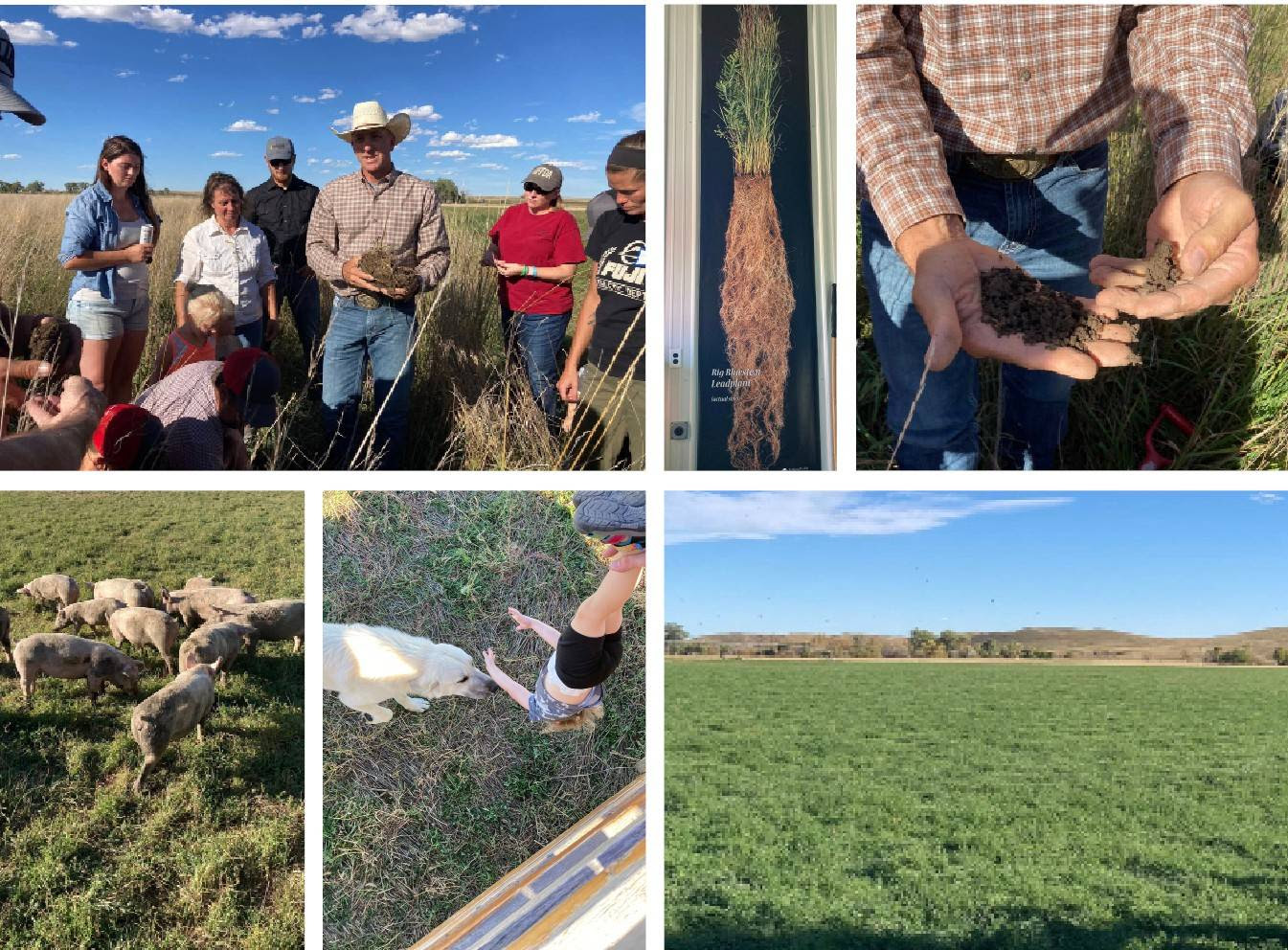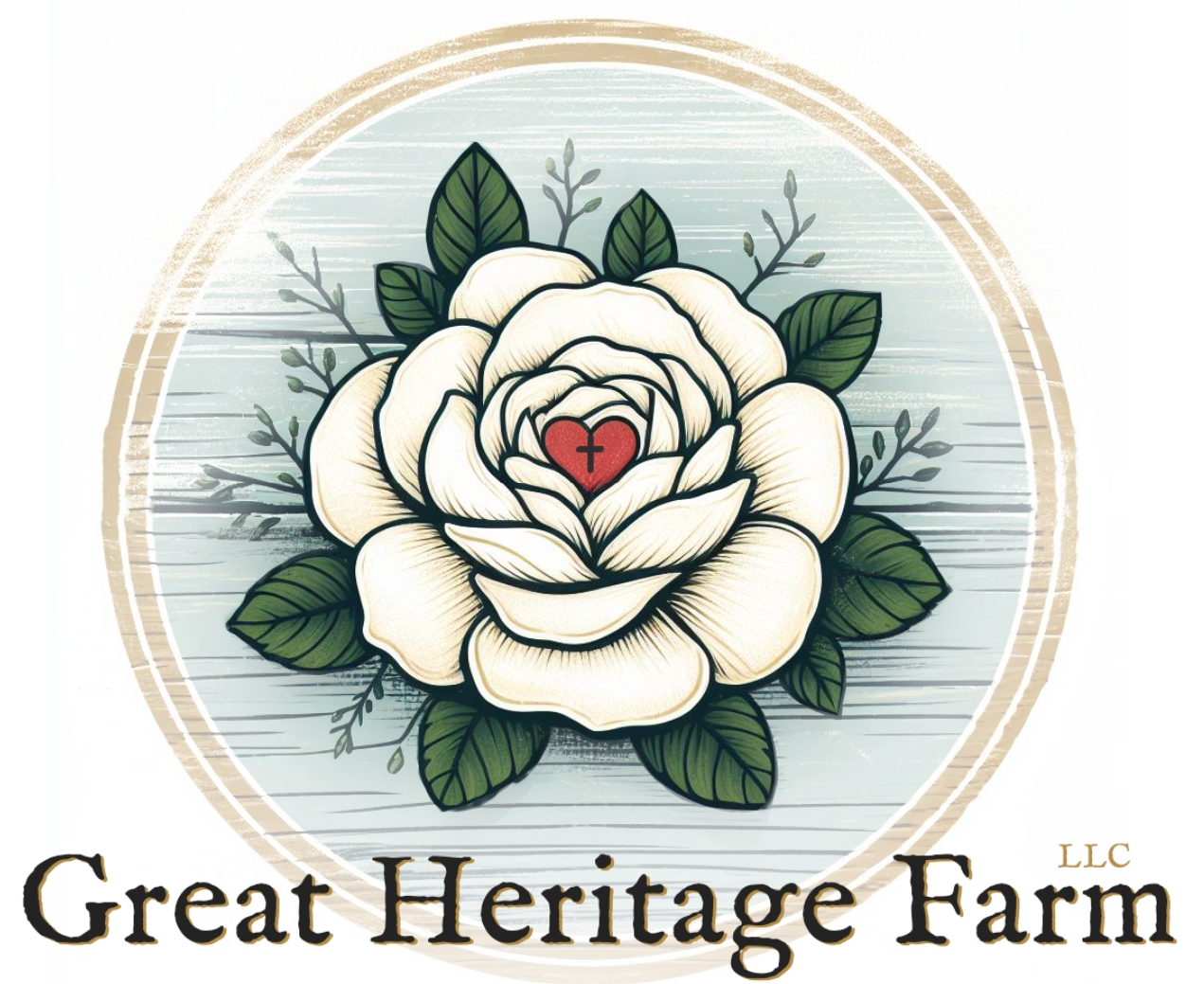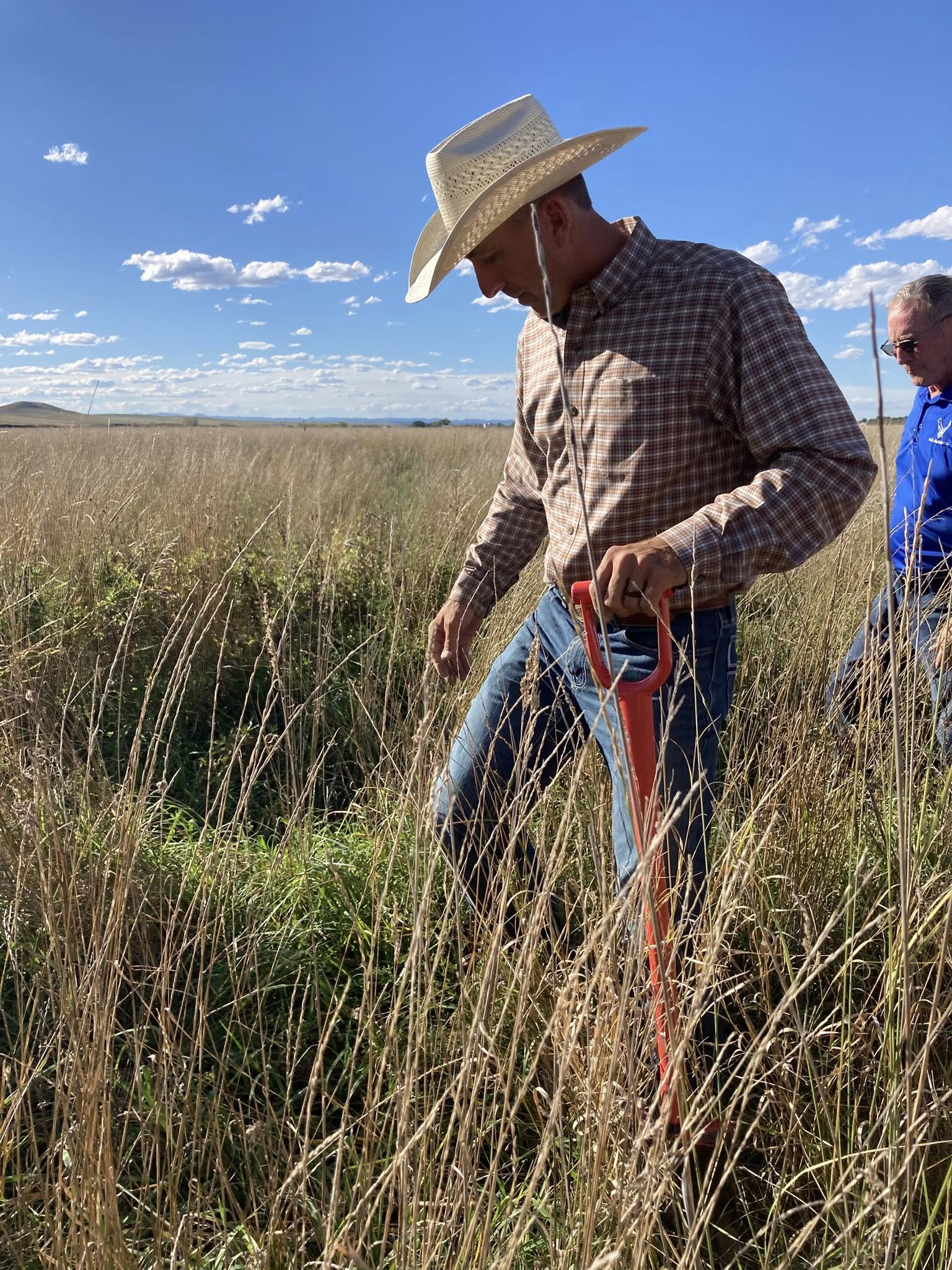There’s a saying I love: “If you’re the smartest person in the room, you’re in the wrong room.”
This past weekend, Benjamin and I packed up and headed west to Rapid City, South Dakota, for the British White Cattle Association’s annual meeting. We raise this ancient breed — calm, beautifully marked, and largely unchanged through the centuries. British Whites have a rare gift: they thrive on grass alone yet still produce the kind of natural marbling that makes every bite tender and full of flavor.
The annual meeting is one of my favorite times of year — a gathering of people who care deeply about preserving heritage genetics and stewarding the land well. We swap stories, share ideas, and leave with notebooks full and hearts fuller still.
The highlight of the trip was touring Dry Creek Ranch (visit them atdrycreek.com). Shawn’s property is a sea of green in a region that’s usually brown and brittle by midsummer. He’s transformed his conventional fields into living, breathing pastures — starting with cover crops and growing into native prairie grasses that hum with life and grazing cattle, sheep, and pigs. He even had a real dung beetle ball to show off (we regenerative farmers get excited about biodiversity, even in manure!).
What moved me most was not just the regeneration happening in the land, but in Shawn’s family. He told us that farming this way brought them back together — that the health of the soil seemed to ripple through their lives. Healthy soil. Healthy animals. Healthy food. Healthy families.
I came home brimming with ideas and renewed excitement for the work ahead — continuing to improve how we care for our own land and livestock, and exploring new opportunities to grow in ways that serve more families. God has a way of placing the right people in our path, especially when we stay humble enough to keep learning.
Lord, thank You for wise mentors and faithful stewards who teach by example. Keep our hearts teachable and our minds eager to grow, so we may honor You in how we care for Your creation. Amen.
Your farmer,
Leah

The 5 Principals of Healthy Soil
1. Keep the soil covered
- Why: Bare soil is vulnerable to erosion, drying, and temperature extremes.
- How: Use cover crops, crop residue, or living plants to shield the soil surface.
A “soil armor” that protects life underneath.
2. Minimize soil disturbance
- Why: Tillage, overgrazing, and chemicals disrupt soil structure and microbial life.
- How: Reduce or eliminate tillage; use no-till planting and gentle grazing.
Let the soil ecosystem stay intact — it’s already beautifully designed.
3. Maintain living roots as long as possible
- Why: Living roots feed soil microbes with carbon compounds, keeping the soil alive year-round.
- How: Plant perennials, multispecies cover crops, or relay crops to extend the growing season.
Think of roots as the soil’s lifeline — they keep the underground world fed and active.
4. Grow a diversity of plants
- Why: Diversity above ground creates diversity below ground, leading to resilience and balance.
- How: Rotate crops, mix species in cover crops, and integrate different forages.
A buffet for microbes and insects — everyone gets the nutrients they need.
5. Integrate livestock
- Why: Properly managed grazing mimics natural ecosystems, cycling nutrients, stimulating growth, and distributing organic matter.
- How: Use adaptive, rotational, or mob grazing to move animals frequently.
Hooves, manure, and grazing — nature’s original soil builders.
Together, these principles create what you might call a “living loop” — soil feeding plants, plants feeding animals, and animals feeding the soil again.


